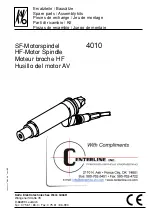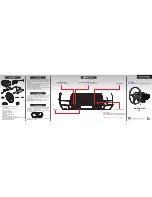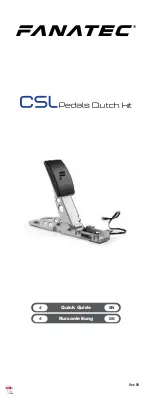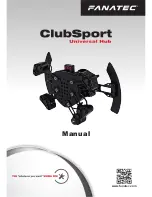
TRAKKER Antares 2420 and 2425 Hand-Held Terminal User’s Manual
N
ugg
Co de 39
5-12
Using the DCS 300 to Download Applications
You can download applications and files to a T2425 using either the serial port or RF
communications. For help downloading via the serial port, see the previous section. The
advantage to downloading files via RF communications is that you can download
multiple files to one or more terminals.
You use RF communications to download applications from the DCS 300 to T2425s
running UDP Plus or from the host to T2425s running TCP/IP. This section explains
how to use the DCS 300 to download applications and files. For help downloading files
in a TCP/IP network, see Chapter 4, “Operating the Terminal in a Network.”
To download applications and files from the DCS 300
1. Copy the applications and files to the DCS 300.
2. Download the applications and files to the T2425.
Each step is described in the next sections. Before you start, make sure the T2425 is
communicating with the DCS 300. If you need any help installing or configuring the
network, see Chapter 4, “Operating the Terminal in a Network.”
Copying Files to the DCS 300
You can use these instructions to copy binary applications and files from a 3.5-inch disk
to the DCS 300.
To copy applications and files to the DCS 300
1. Insert the 3.5-inch disk that contains the files in the disk drive of the DCS 300.
2. From the main menu sidebar buttons, choose File Handling. The File Handling dialog
box appears.
3. In the File Handling list box, select Restore User Files and choose OK. A message
box appears telling you to insert the floppy disk in the disk drive of the DCS 300.
4. Choose OK. The Restore User Files dialog box appears. The files on the floppy disk
appear in the Available Files list box.
Summary of Contents for Trakker Antares 2420
Page 1: ...TRAKKERAntares 2420and2425 Hand HeldTerminal P N 064024 006 User s Manual...
Page 15: ...nuggetf code39 Contents xv Glossary Index G I...
Page 16: ...xvi...
Page 24: ...xxiv...
Page 25: ...nuggetf code39 Getting Started 1...
Page 26: ...1 2...
Page 60: ...1 36...
Page 61: ...Learning How to Use the Terminal 2...
Page 62: ...2 2...
Page 103: ...Co de 39 Nugget Configuring the Terminal 3...
Page 104: ...Co de 39 Nugget 3 2...
Page 134: ...3 32...
Page 135: ...Operating the Terminal in a Network 4...
Page 136: ...4 2...
Page 173: ...Using Custom Applications 5...
Page 174: ...5 2...
Page 193: ...Troubleshooting 6...
Page 194: ...6 2...
Page 219: ...Running Diagnostics 7...
Page 220: ...7 2...
Page 243: ...Reader Command Reference 8...
Page 244: ...8 2...
Page 268: ...8 26...
Page 269: ...Configuration Command Reference 9...
Page 270: ...9 2...
Page 389: ...Terminal Specifications A...
Page 390: ...A 2...
Page 404: ...A 16...
Page 405: ...Full ASCII Charts B...
Page 406: ...B 2...
Page 415: ...International Character Support C...
Page 416: ...C 2...
Page 427: ...Using the Default Applications D...
Page 428: ...D 2...
Page 438: ...D 12...
Page 439: ...Glossary G...
Page 440: ...G 2...
Page 463: ...Index I...
Page 464: ...I 2...
Page 480: ...I 18...
















































